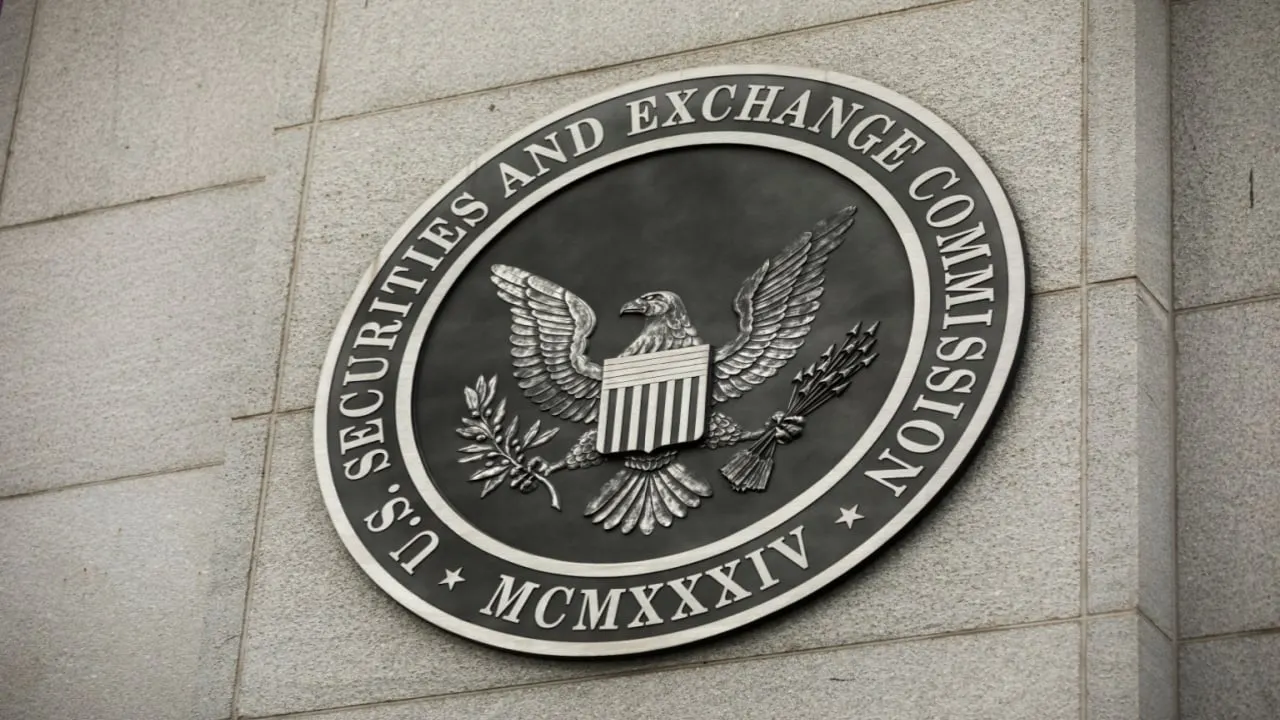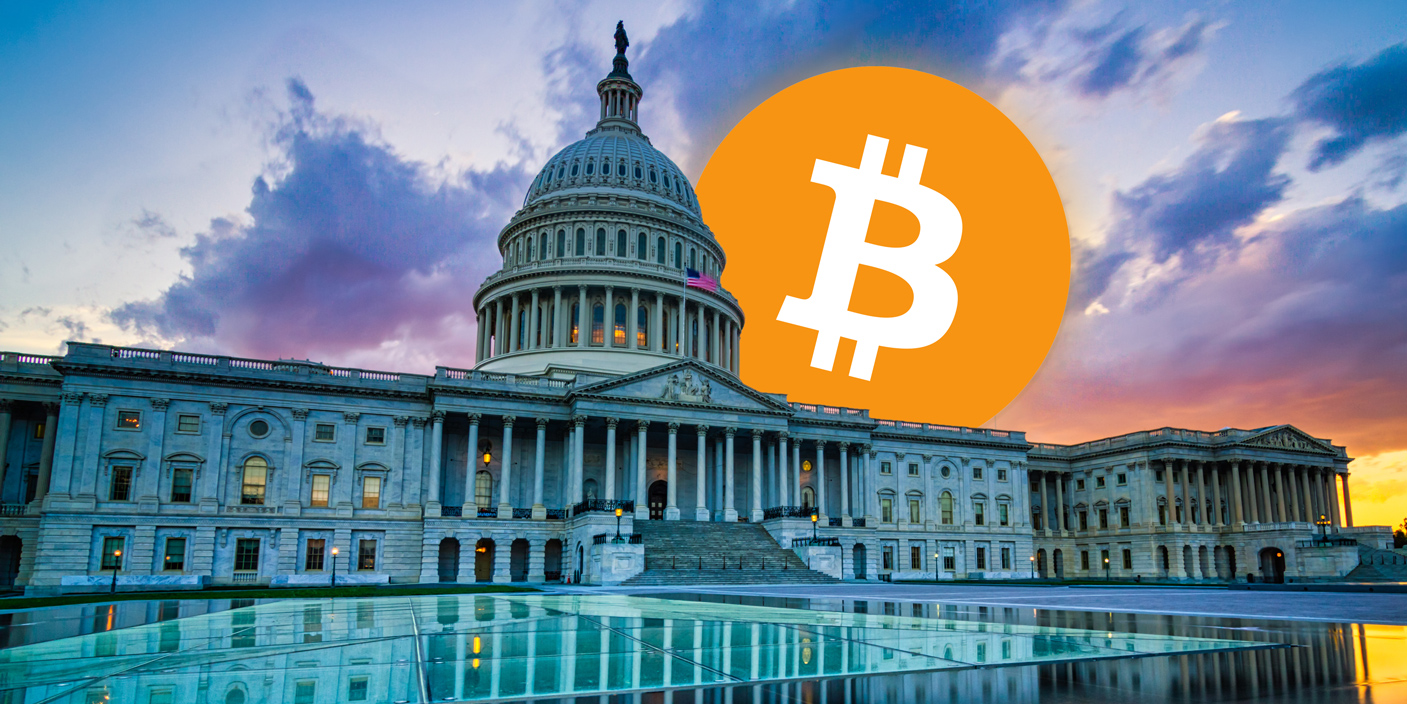The Commodity Futures Trading Commission (CFTC) is finally waking up and smelling the tokenization coffee! According to Forbes’ Eleanor Terrett, Acting Chairman Caroline Pham revealed at the Medici conference that the CFTC intends to observe several industry tokenization pilot programs. Frankly, it’s about time!
This isn’t about leading the charge, mind you – they’re playing the cautious ‘observer’ role for now. But honestly, just getting their eyes on how tokenized assets function in the real world is a huge step. It’s better late than never, I guess.
Pham understands that firsthand experience is critical. They need to understand the tech, the nuances, and the potential pitfalls before they can even think about meaningful regulation. And that’s smart.
Understanding Tokenization: A Quick Dive
Tokenization fundamentally transforms rights to an asset (like real estate, commodities, or even intellectual property) into digital tokens on a blockchain. This enhances liquidity and fragments ownership.
These tokens represent a share of the underlying asset, enabling fractional ownership and reduced investment barriers. This makes typically illiquid assets more accessible.
The technology offers boosts to transparency, efficiency, and automation in financial processes, cutting out middlemen and lowering costs.
Crucially, tokenization isn’t just about cryptocurrencies. It’s about leveraging blockchain to redefine how all assets are managed and traded. This move by the CFTC suggests they’re acknowledging that, regardless of how they feel about crypto generally. It’s the future, folks, and the CFTC doesn’t want to be left in the dust.






